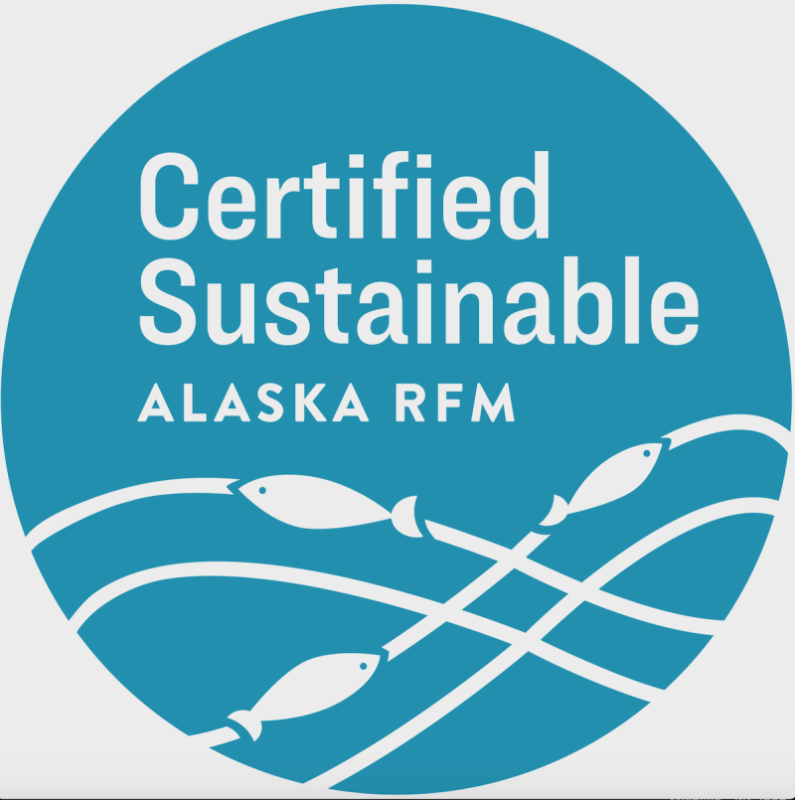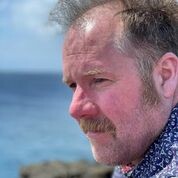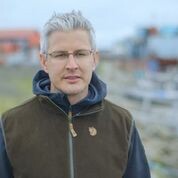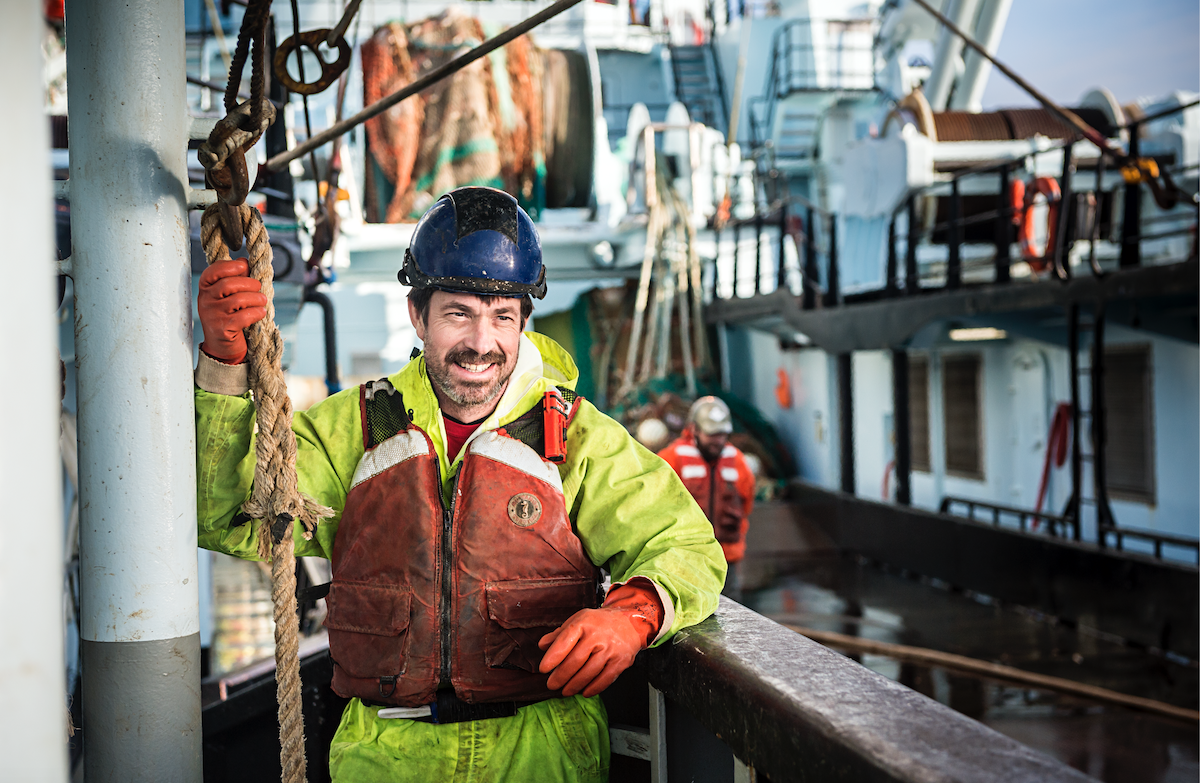After 20-plus years of working to improve environmental seafood sustainability, seafood retailers, processors and foodservice providers have expanded their vision of sustainable seafood to embrace both social and environmental elements.
Alaska is a global leader in environmental sustainability, and now is the time to be transparent about these responsible practices — both environmental and social. This starts with Alaska’s fishermen, and new certification standards will be available soon for vessels to further demonstrate their social and labor best practices similar to the way Alaska RFM demonstrates sustainable harvesting best practices.
Alaska’s seafood industry operates more than 9,000 vessels, and more than two-thirds of those are owned by Alaskans — many of which are multigenerational, small family businesses.
Matt Alward, a commercial fisherman and president of the United Fishermen of Alaska, and Dan Aherne, group chief executive for New England Seafood International, shared their thoughts on the importance of social responsibility to customers of Alaska seafood as well as fishermen.

Q: Can you share why selling wild Alaska seafood is so important to you and your customers?
DA: NESI has a core purpose of “enhancing lives through fish.” We want the products that we source, process and sell to be a force for good, whether at the consumer end of the chain through the health and nutritional benefits that accompany the delicious tasting Alaska seafood we sell, or at the catching and processing stages of the chain where fishers and production operatives deserve a fair deal for their efforts in supplying that product. If we are to be true to our purpose, we must be confident that the people that make this industry what it is are being fairly and humanely treated in all areas of the supply chain.
As for our customers, the same applies. We are privileged to serve leading UK retailers and foodservice chains. These customers trust us with their brands, which have been built up over many decades or even centuries. It takes one bad video, photo or damaging tweet to seriously undermine that trust and brand equity. And in almost every industry there are bad actors who need to be rooted out. For those reasons our industry is moving toward a model of complete transparency.
Q: What are some of the challenges NESI faces in trying to provide adequate information for your customers around these issues?
DA: The initial reaction from a great number of our supply chains has been fairly defensive. That is often because they are confident in how they behave towards and treat their people and feel that the questioning in some way suggests a lack of trust. Furthermore, these are busy, time-constrained operations so that prospect of opening themselves up on another front for more auditing is rarely a welcome move. Our suppliers also worry that norms and custom practices (in the case of Alaska, the tradition of children fishing with their parents being a good example) could be threatened by overzealous bureaucracy. Our job is to spend time with our suppliers and help to really explain and discuss the why. This usually helps to build commitment. Any player that thinks ‘there is nothing to see here’ could unwittingly be creating a fertile ground potentially for malpractice because bad actors like to operate where they have good cover. When our partners consider this perspective they are usually happy to share more of what they do.
Q: Do you think the emergence of vessel standards like FISH Standard for Crew make it easier for you to get the information your customers are looking for?
DA: Yes, I do. Industrywide standards that create a common currency and allow benchmarking are always preferable to multiple standards that can be hard for the market to apply or interpret. However, these standards must be capable of considering the vastly different industrial fishing methods and some of the important cultural nuances and norms around the world. They should not compromise on the core foundational principles, but they must recognize context and be open to scrutiny and challenge in order to evolve over time. FISH is a new standard that is currently attracting a lot of interest and a high degree of scrutiny from the NGO community especially. It is important to face the scrutiny and challenge, as well as to be open to evolving the standard to meet valid concerns.
Q: Why is this an issue that the fleet should be aware of and responsive to?
MA: As a fisherman, all I want to do is catch fish, off-load them to my processor and head back out again. I don’t have a direct connection with the marketplace, thus I’m relying on my processor to develop strong markets to get the most value out of the fish that I catch. When the global markets started to demand proof that the seafood they were buying was sustainably harvested, the initial response from Alaskan fishermen was that we have some of the best managed fisheries in the world, so of course our seafood is sustainably harvested. Why would we need to prove it?
In the same way the push toward eco-labeling took time for the fleets to embrace, the global push to demonstrate fair labor practices and social responsibility in all supply chains, including seafood, will also take time to educate the fleets on why the markets are demanding it. The markets control what they need to see in order to make purchases. As a part of the global seafood supply chain, fishermen must be responsive and on the forefront of showing the world what our labor practices are and why they more than meet the demand.
Q: Is there a role for UFA to play in helping fishermen prepare for the growing demand for transparency from the market?
MA: Yes. When UFA became aware that markets were starting to look at social responsibility and labor practices on fishing vessels we knew we would need to be out in front of it leading efforts to show why we believe the Alaska fishing fleets set the standard on social responsibility. We partnered with the Alaska Fisheries Development Foundation in 2018, and received a NOAA SK grant to create “Social Responsibility Onboard Commercial Fishing Vessels in Alaska: Labor and Safety Laws, Practices, and Enforcement by Vessel and Target Species”, which can be found on the AFDF website. https://www.afdf.org/projects/current-projects/social-responsibility/ UFA will continue to keep the fleets informed as standards are developed and market demands grow.
Q: You are a member of the Standard Oversight Committee for the FISH Standard for Crew. Where can fishermen learn about this certification and other tools to engage in the conversation?
MA: As a member of the Oversite Committee, I have spent many hours working through details of the standard with not only fishermen from around the world but also leaders in the NGO community. However, I understand this is still new for most. A great place to start is the FISH website. https://fishstandard.com/ FISH board members and staff are great resources for anyone with questions or who wants to be involved. I am always happy to talk, too. This conversation is not going away, and it’s important for us all to be a part of it.

Matt Alward is a commercial fisherman, owner of Just Knots LLC out of Homer, Alaska, and serves as president of the United Fishermen of Alaska.

Dan Aherne is the group chief executive for New England Seafood International, leading development of the U.K.-based business’s private label supply, foodservice and consumer brands for 18 years.







